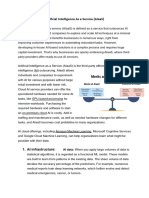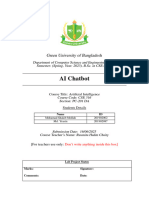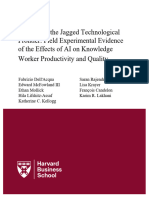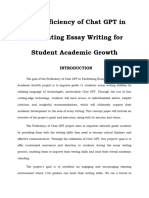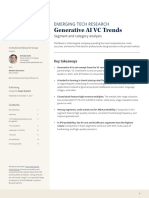0% found this document useful (0 votes)
9 views14 pagesReport
The document provides a comprehensive overview of AI services offered by major cloud platforms: AWS, Azure, and GCP. It discusses their features, real-world applications, and comparisons to help users choose the right platform based on skill level and project goals. Additionally, it highlights trends such as generative AI, end-to-end automation, and the importance of responsible AI practices.
Uploaded by
m.mouhcine1234Copyright
© © All Rights Reserved
We take content rights seriously. If you suspect this is your content, claim it here.
Available Formats
Download as PDF, TXT or read online on Scribd
0% found this document useful (0 votes)
9 views14 pagesReport
The document provides a comprehensive overview of AI services offered by major cloud platforms: AWS, Azure, and GCP. It discusses their features, real-world applications, and comparisons to help users choose the right platform based on skill level and project goals. Additionally, it highlights trends such as generative AI, end-to-end automation, and the importance of responsible AI practices.
Uploaded by
m.mouhcine1234Copyright
© © All Rights Reserved
We take content rights seriously. If you suspect this is your content, claim it here.
Available Formats
Download as PDF, TXT or read online on Scribd
/ 14





































